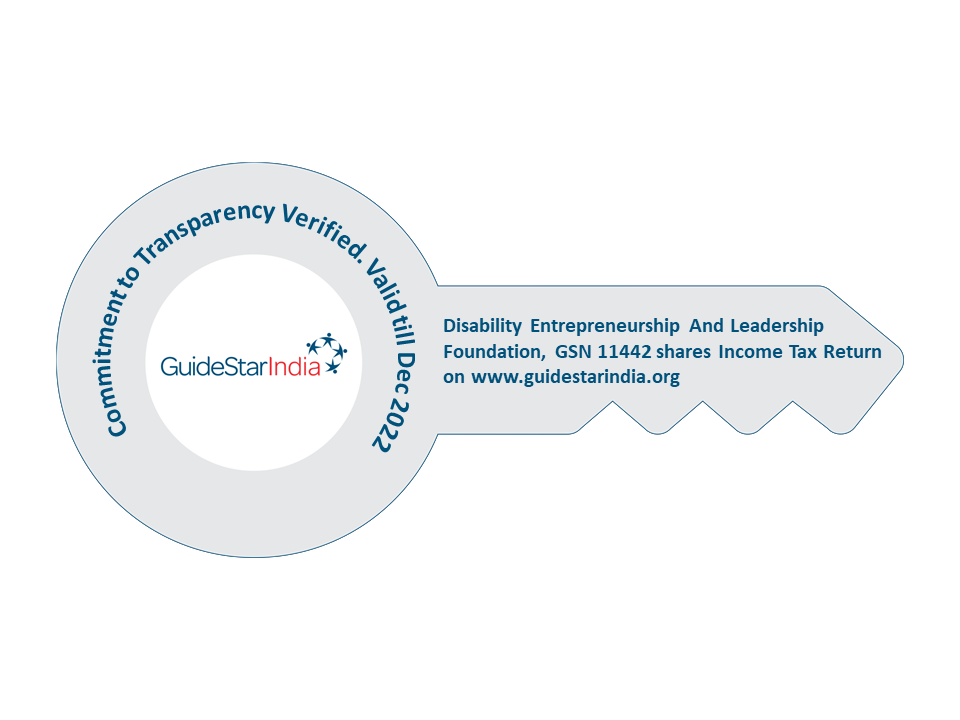I am certain that by now those of you reading my blogs on the ‘Game of cards Helps Promote Awareness And Community Engagement’ have found it useful and most importantly have started adopting these in your day to day life.
Not to forget, we owe our gratitude to the inventor of the cards, Dr. Bharati Chimmad, who works at the University of Agricultural Sciences Dharwad (UASD). and Disability Entrepreneurship And Leadership (DEAL) Foundation for acknowledging it’s importance to the public and featuring these for all to read.
Having said this, today I would like to bring you more interesting facts.
Before that, like always, let me quickly remind you of how the game goes.
There is a pack of seventy-three health and nutrition cards. Each card contains a colourful image of the food produce for example vegetable, fruit etc. with nutrition information printed on its reverse. The packs of cards are shuffled before being distributed equally among players without disclosing the nutrition information contained in the cards. Each player arranges his or her cards in a neat pile without disclosing to other players the content of his or her cards.
In the first round, the topmost card will be picked up by the first player and the name of the food and the main nutrient content is announced aloud. Other players follow and do the same. Cards from respective players are compared to see which card has the topmost nutrition value. The player who declares highest nutrient content gains all the cards that were played in that round. The game continues and the player who ends up with most number of cards is the winner.
Rajgira (Amaranth):
Rajgira is rich in fibre and iron, and has a fairly high protein level too. Amaranth isn’t technically a grain like oats, wheat or rice. The flowers of the plant are made up of minuscule, grain-like buds, the reason why this plant often falls into the “grain” category. With recent research highlighting its many uses and nutritional benefits, amaranth has been gaining importance as a super-grain.
it contains the following nutrients.
Per 100g
| Vitamin A (pg) | 690 |
| Calcium (mg) | 397 |
| Energy (Kcal) | 45 |
| Protein (g) | 4 |
| Dietary Fiber (g) | 4 |
| Iron (mg) | 3.49 |
Little Millet:
Little millet contains magnesium which can helps improve heart health. Vitamin B3 (niacin) in little millet helps lower cholesterol. Little millet is also a good source of phosphorus which, helps with fat metabolism, body tissue repair and energy production.
It contains the following nutrients.
Per 100g
| Energy (Kcal) | 341 |
| Protein (g) | 7.7 |
| Fat (g) | 4.7 |
| Dietary fiber (g) | 15.8 |
| Calcium (mg) | 17 |
| Iron (mg) | 9.3 |
Cucumber:
It’s High in Nutrients. Cucumbers are low in calories but high in many important vitamins and minerals.
It Contains Antioxidants, promotes hydration, may aid in weight loss, may lower blood sugar, could promote regularity and it is easy to add to your diet.
It contains the following nutrients.
Per 100g
| Vitamin C (mg) | 7 |
| Calcium (mg) | 10 |
| Energy (Kcal) | 13 |
| Protein (g) | 0.4 |
| Dietary fiber (g) | 2.6 |
| Iron (mg) | 0.6 |
Eggplant (brinjal):
It is a great source of vitamins and minerals. The vitamin & mineral content in brinjals are quite extensive.
It helps with digestion, improves heart health, prevents cancer, improves bone health, prevents anaemia and increases brain function.
It contains the following nutrients.
Per 100g
| Energy (Kcal) | 24 |
| Protein (g) | 1.2 |
| Dietary fiber (g) | 3.9 |
| Calcium (mg) | 46 |
| Iron (mg) | 0.21 |
| Vitamin C (mg) | 24 |
Beans:
Beans offer several health benefits such as, they are rich in protein, which is a vital nutrient that plays a key role in maintaining and repairing the body. It also consists of a large amount of
Folate, antioxidants, improves heart health, reduces risk of cancer and diabetes, prevents fatty liver and controls appetite.
It contains the following nutrients.
Per 100g
| Vitamin A (pg) | 16.5 |
| Calcium (mg) | 50 |
| Energy (Kcal) | 158 |
| Protein (g) | 1.7 |
| Dietary fiber (g) | 12.3 |
| Iron (mg) | 2.6 |
Sitapal (custard apple):
Also known as Custard apples, contain anti-oxidants like Vitamin C, which helps to fight free radicals in our body. It is also high in potassium and magnesium that protects our heart from cardiac disease. Not only that, it also controls our blood pressure. Custard apples contain Vitamin A, which keeps our skin and hair healthy.
It contains the following nutrients.
Per 100g
| Vitamin C (mg) | 37 |
| Calcium (mg) | 17 |
| Energy (Kcal) | 104 |
| Protein (g) | 1.6 |
| Dietary fiber (g) | 5.5 |
| Iron (mg) | 4.3 |
Pineapple:
It is loaded with nutrients, contains disease-fighting antioxidants, its enzymes can ease digestion, may help reduce risk of cancer, may boost immunity and supress inflammation, may ease symptoms of arthritis, may speed up recovery after surgery or strenuous exercise.
It contains the following nutrients.
Per 100g
| Energy (Kcal) | 46 |
| Protein (g) | 0.4 |
| Dietary fiber (g) | 2.8 |
| Calcium (mg) | 20 |
| Iron (mg) | 2.42 |
| Vitamin C (mg) | 39 |
Lemon:
Whether you enjoy the fruit alone or with your morning tea, here are just a few reasons to embrace lemons and their juice.
It relieves sore throat, has cancer fighting benefits, prevents kidney stones, aids in digestion, helps blood sugar, promotes weight loss and helps clear skin.
It contains the following nutrients.
Per 100g
| Energy (Kcal) | 57 |
| Protein (g) | 1 |
| Calcium (mg) | 70 |
| Iron (mg) | 0.26 |
| Vitamin C (mg) | 39 |
Sweet lime:
It helps improve immunity, helps improve digestion, helps in dehydration, great for eyes, skin and hair, aids in weight loss, helps treat ulcers, great source of vitamin C and may protect bone health.
It contains the following nutrients.
Per 100g
| Energy (Kcal) | 43 |
| Protein (g) | 0.8 |
| Dietary fiber (g) | 2.7 |
| Calcium (mg) | 40 |
| Iron (mg) | 0.7 |
| Vitamin C (mg) | 50 |
That’s all I have for you today, will be back with more soon in our next newsletter. Till then eat healthy and stay safe.


 Awarded by Guidestar India
Awarded by Guidestar India
Hey there! I like your article, keep it up. You’re really professional at it. Also check out my website, I’m posting some amazing stuff. dil nedir